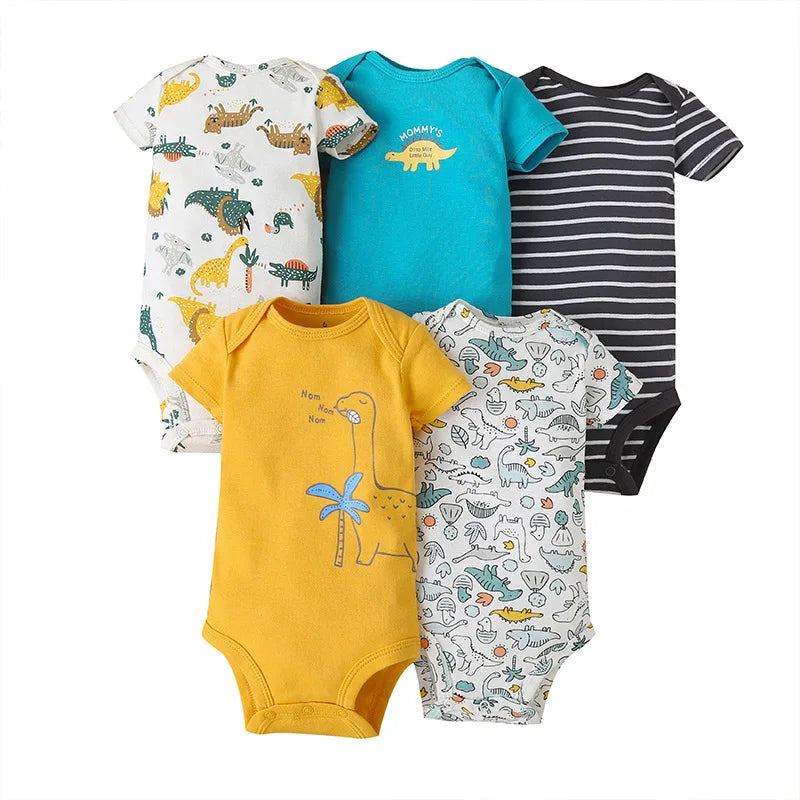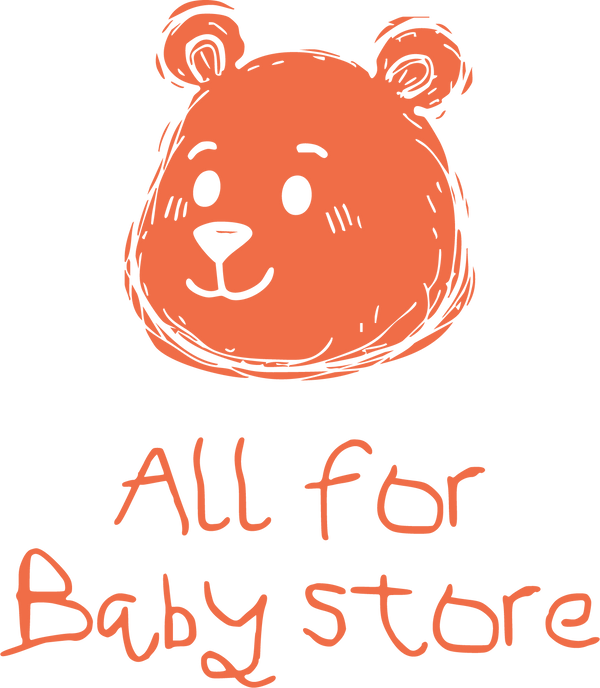
Diaper changing station : Essentials, Benefits, and Setup Tips for New Parents
Share
Discover the following changing mats:
Parenting is a journey filled with decisions, and setting up a baby changing table is one of the practical tasks that can make daily life much easier. Whether you're expecting your first child or refreshing your setup for a growing family, a well-organized changing station can save time, reduce stress, and even make diaper duty more manageable. In this blog, we’ll discuss why you need one, how often you'll use it, what essentials to include, and tips for choosing the right setup—all supported by helpful resources, statistics, and real-life examples.
Why Do I Need a diaper changing station?

A diaper changing table is more than just a piece of furniture—it’s a game-changer for parents navigating the early days of childcare. Whether you’re dealing with a wiggly newborn or a squirming toddler, having a dedicated changing table can save time, prevent stress, and improve overall safety. Let’s break down the key reasons why it’s a must-have in many households:
1. Organizing everything in one place
One of the greatest advantages of a baby changing table is its ability to keep all essentials organized and within reach.
- Quick Access: Changing tables often come with built-in compartments, shelves, or drawers where you can store diapers, wipes, creams, and even spare clothing. This eliminates the need to scramble for supplies mid-change, especially during those messy emergencies.
- Streamlined Routine: Many parents find it helpful to categorize items—for instance, keeping all diaper rash creams in one drawer and spare outfits in another. An organized setup speeds up the process and makes it easier for other caregivers to step in.
- Clutter Control: A changing table helps contain the chaos of baby supplies, keeping the nursery tidy and functional.
2. Minimize Risks During Changes
Changing diapers can be unpredictable, especially with a baby who loves to wiggle. A proper changing table is designed with features that prioritize safety:
- Raised Safety Rails: Most changing tables are equipped with raised sides to help keep your baby secure and prevent accidental falls.
- Sturdy Construction: Quality changing tables are built to handle the weight and movement of an active baby without tipping or wobbling.
- Secure Changing Pad: Using a non-slip pad with a safety strap adds an extra layer of security, keeping your baby in place even during those extra-spirited moments.
According to the American Academy of Pediatrics, falls are one of the most common causes of injuries in infants under one year old. A well-designed changing table reduces the likelihood of accidents by providing a stable, secure surface.
3. Protect Your Back and Knees
Let’s face it—diaper changes happen often, and constantly bending over or kneeling on the floor can take a toll on your body. A diaper-changing table is designed to make the process physically easier for parents and caregivers:
- Optimal Height: Changing tables are typically designed to be waist-high, reducing the need to hunch over. This prevents unnecessary strain on your back and knees, especially if you’re changing diapers multiple times a day.
- Comfort for All Caregivers: The ergonomic design benefits not just parents but also grandparents, babysitters, or anyone else who might be helping with diaper duty.
For parents who have had back pain or physical limitations, a changing table becomes an invaluable addition to the nursery.
4. Dedicated Space for Hygiene
Keeping your diaper-changing area separate from other parts of the home helps maintain cleanliness and hygiene:
- Easier Cleanup: A changing table’s waterproof pads and liners make spills and messes easier to clean up, preventing them from spreading to furniture or carpets.
- Hand Hygiene: Many parents keep hand sanitizer or baby-safe disinfectant nearby, ensuring quick sanitation after each change.
- Reduced Cross-Contamination: By storing baby-specific products like creams and wipes in one place, you minimize the chances of using or contaminating other household items.
5. Long-Term Use and Adaptability
While some parents may see a changing table as a short-term investment, many designs offer long-term functionality:
- Convertible Options: Some changing tables can be transformed into dressers or storage units as your baby grows, giving them a longer lifespan.
- Multi-Purpose Use: Even after the diaper stage, you can use the space for organizing toys, books, or other items, making it a versatile piece of furniture.
Diaper changing station essentials
To make your diaper-changing station as efficient as possible, it’s important to stock it with the right items. Here’s a checklist to get you started:
Diaper Changing Station Essentials: What Every New Parent Needs
Creating a well-stocked and organized diaper-changing station can make parenting smoother and stress-free. Each item in your setup plays an important role in ensuring convenience and comfort. Here’s a checklist of must-haves, along with tips on what to look for when choosing each item—perfect for new parents navigating diaper duty for the first time.
1. Diapers
Why It’s Essential: Diapers are the backbone of your changing station. Having the right size and type ensures your baby stays dry and comfortable.
How to Choose:
- Size: Check your baby’s weight and choose accordingly. Many brands have size guides on their packaging.
- Material: Look for soft, breathable diapers that minimize irritation and prevent diaper rash.
- Absorbency: Opt for diapers with high absorbency to reduce leaks, especially during nighttime.
- Eco-Friendly Options: If sustainability is important to you, consider biodegradable or cloth diapers.
2. Wipes
Why It’s Essential: Baby wipes are a lifesaver for quick, efficient clean-ups during diaper changes.
How to Choose:
- Gentle Ingredients: Select wipes that are unscented, hypoallergenic, and free of harsh chemicals like alcohol or parabens to protect your baby’s delicate skin.
- Thickness: Thicker wipes are more effective for cleaning up messes.
- Packaging: Go for packs with resealable lids to keep the wipes fresh and moist.
3. Changing Pad
Why It’s Essential: A Baby Waterproof Changing Mat provides a safe and hygienic surface for diaper changes while protecting the changing table.
How to Choose:
- Waterproof Material: Ensure it’s easy to wipe clean after accidents.
- Raised Edges: Pads with raised sides provide additional safety for your wiggly baby.
- Non-Slip Base: This feature ensures the pad stays in place during changes.
- Portability: Consider a lightweight, foldable mat for changes on the go.
Discover All For Baby changing mats collection:

4. Diaper Rash Cream
Why It’s Essential: A good diaper rash cream soothes and protects your baby’s skin from irritation caused by moisture and friction.
How to Choose:
- Ingredients: Look for creams with zinc oxide or petroleum jelly as active ingredients. Avoid fragrances and dyes.
- Texture: Choose a cream that spreads easily for quick application.
- Pediatrician Approved: Opt for trusted brands recommended by pediatricians.
5. Extra Clothing
Why It’s Essential: Babies are unpredictable, and accidents happen! Having spare outfits on hand ensures you’re always prepared.
How to Choose:
- Comfortable Fabrics: Look for soft, breathable materials like cotton to keep your baby comfortable.
- Easy Access: Onesies or rompers with snap buttons or zippers make outfit changes faster and easier.
- Size Range: Keep a variety of sizes, like those in our Babywear collection, which includes adorable rompers for babies aged 0 to 12 months and up.
Discover our cute rompers for your baby:

6. Liners
Why It’s Essential: Disposable or washable liners make clean-up effortless and protect your changing pad from spills and stains.
How to Choose:
- Durability: Choose liners that can handle multiple uses (washable) or heavy-duty materials (disposable).
- Non-Toxic Materials: Ensure they are free from harmful chemicals, especially if they’ll come in contact with your baby’s skin.
- Size: Pick liners that fit perfectly over your Baby Waterproof Changing Mats for optimal coverage.
7. Storage Baskets or Bins
Why It’s Essential: An organized station is a functional station. Baskets or bins help keep everything neat and within arm’s reach.
How to Choose:
- Size and Accessibility: Opt for bins that fit under or on the changing table and are easy to access with one hand.
- Labels: Use labeled bins for diapers, wipes, and creams to make the system simple for other caregivers.
- Aesthetic Appeal: Choose baskets that match your nursery décor for a cohesive look.
8. Hand Sanitizer
Why It’s Essential: Maintaining hygiene is crucial during diaper changes, especially when you can’t wash your hands immediately.
How to Choose:
- Baby-Safe Formula: Pick sanitizers with minimal alcohol content and baby-friendly ingredients.
- Ease of Use: A pump-style bottle makes application quick and convenient.
- Size: Keep a small bottle at the station and a portable one in your diaper bag.
How Often Do You Use a Diaper Changing Station?
The frequency of diaper changes depends on your baby’s age and growth. For newborns, diaper changes are nearly constant, making a diaper changing table a daily necessity:
- Newborns: Expect to change diapers 10-12 times per day, especially in the early weeks. That’s more than 300 diaper changes in the first month alone!
- Infants (2-6 months): As feedings stabilize, diaper changes decrease slightly to about 8-10 per day.
- Toddlers: By the time your child starts solid foods, expect around 6-8 changes daily.
While you won’t always use a designated baby changing table for every change (especially during nighttime diaper changes), it becomes the go-to spot during the day when organization and hygiene are a priority. Having a well-stocked changing table newborn setup ensures you can handle frequent changes efficiently and comfortably.
How to Choose the Right Diaper Changing Table
Picking the right diaper changing table is all about balancing functionality, safety, and personal preference. Here are some tips to help you make the best choice:
1. Prioritize Safety
Look for tables with sturdy construction, raised sides, and safety straps. A secure surface is essential, especially for a wiggly changing table newborn setup.
2. Consider Storage Options
A baby changing table with shelves or drawers is a great investment. It allows you to store diapers, wipes, and other essentials within easy reach, saving time and keeping your nursery clutter-free.
3. Match It to Your Space
If you’re tight on space, opt for compact or foldable options. For larger nurseries, a standalone table with ample storage is ideal. Some families prefer dressers with a removable pad for long-term use beyond diaper changes.
4. Choose Easy-to-Clean Surfaces
Babies are messy! Ensure your diaper changing table has a waterproof, wipeable surface to make clean-up easier. Pair it with a Baby Waterproof Changing Mat for added protection.
How diaper changing station Makes a Difference
When Karen, a mom from Austin, Texas, set up her nursery, she initially thought a diaper-changing table was unnecessary. However, after weeks of struggling with makeshift solutions like changing diapers on the couch or bed, she decided to invest in a proper table. "I didn’t realize how much time I wasted running back and forth for supplies," she says. "Now, everything is within reach, and I can focus more on my baby without the added stress."




